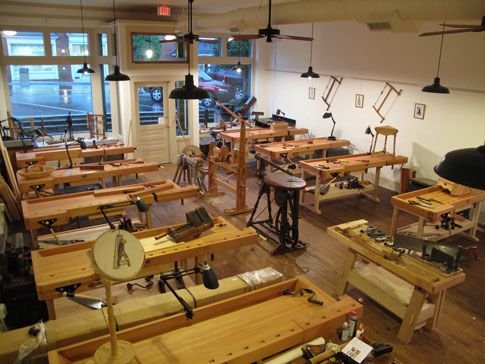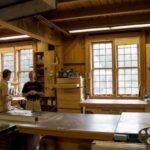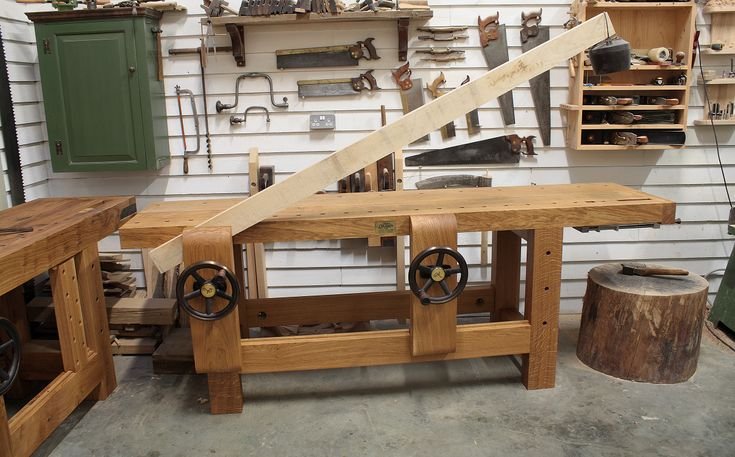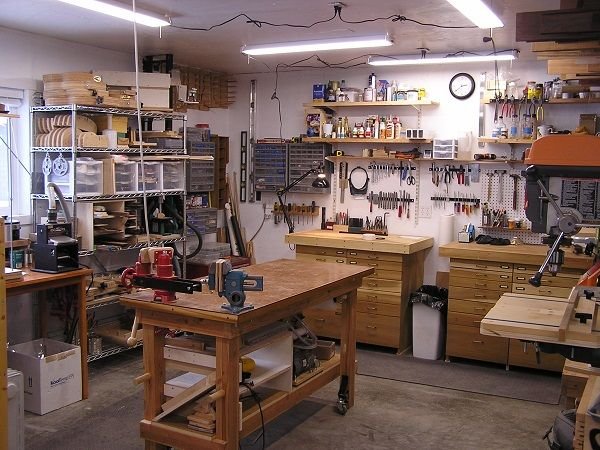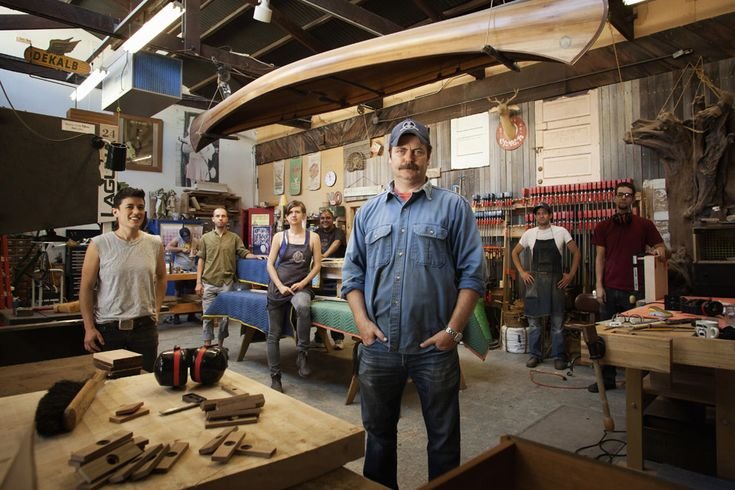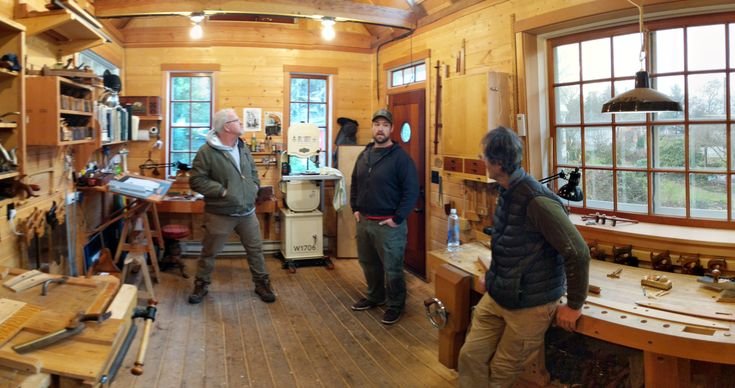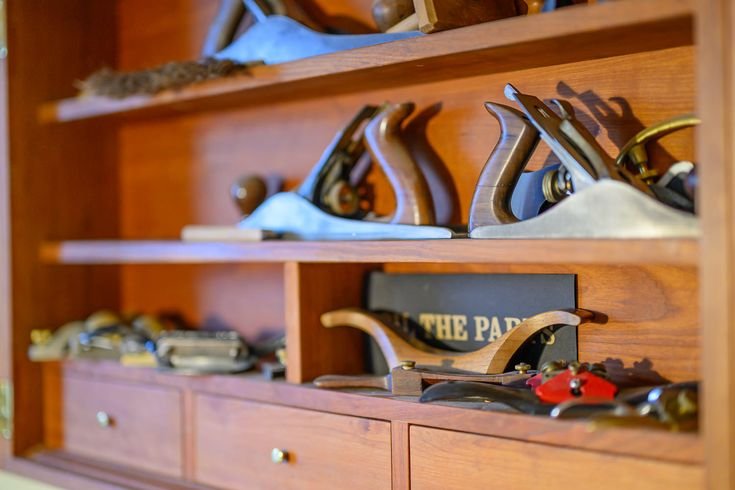The Green Woodworking Tool Kit: My Journey into the World of Handcrafted Wood
You know, there’s something about the smell of freshly cut wood that just gets to me. It’s earthy, grounded, and wholesome. One whiff, and you’re transported back to simpler times. Just my luck, my journey into the world of green woodworking started on one of those crisp fall mornings, sunshine filtering through the trees in my backyard. I remember sitting at the old workbench my dad built when I was a kid, coffee steaming beside me, ready to take my first crack at it.
But boy, was I in for a ride!
The First Cut
I had picked up a few tools along the way—an old drawknife, a couple of carving knives, and a trusty saw that belonged to my grandfather. And can I just say, there’s something about holding a tool that’s been in the family for generations? It’s like carrying a piece of history in your hands. That saw, an old Disston, was like magic when I finally figured out how to use it. It had this satisfying rasp as it glided through the soft pine I had salvaged from the local lumber yard.
Oh, you could smell that pine! Like a forest in a bottle. I decided to carve out a rustic chair for our porch, a place where I could sip my coffee and watch the world go by. I was all fired up, you know?
Lessons in Patience
But then, of course, came the moment when reality hit me like a freight train. I had watched a few YouTube videos—big mistake! Those pros made everything look so easy. I stood there with my tools, eager to imitate their confidence. I thought, “How hard can it be to carve a chair?” Well, fast forward two hours, and I was just staring at my pile of wood bits, wondering where I had gone wrong.
I almost gave up, I swear. My wife walked by and chuckled, saying, “Looks like you’re making a chair for ants!” And there it was—the moment I had to just laugh at myself. I took a deep breath, tried to remember the first principle of green woodworking: patience.
The Tools That Became My Friends
So, I stepped back and took stock of my tools. The drawknife, oh boy, what a fascinating little instrument! It’s like a sculptor’s chisel but for wood. The way it slices through the grain left me in awe. Once I got the rhythm down, it felt like I was dancing with the wood. I learned the hard way that consistent pressure and angle are crucial. Too much pressure, and you find yourself veering off course. Too little, and you just end up frustrated, like trying to fill a coffee cup with a teabag.
It’s funny, though. I remember this one time, I got so lost in carving that I forgot about a little knot in the wood. The blade hit it with a jarring thud—boom! Pretty sure the neighbors thought I was about to take off to the moon with the sounds coming from my garage. But let me tell you, after that I learned to embrace those knots. They add character, after all. And so, my future projects often became a collaboration with the wood itself.
The Sounds of Progress
As time passed, I found a rhythm. Sawing and carving—it became like a meditative practice. The scraping sound of the drawknife, the soft plinking of the carving knife meeting wood—it was music to my ears. I even started leaving my radio off just to hear the natural sounds of the wood working. Not to mention the satisfaction of seeing the shavings curl away from my hands, like little golden ribbons of success.
Then came that moment—after a long few weekends filled with trial and error, my chair was finally beginning to take shape. Each leg was a testament to my persistence, almost like chapters in a story only I could tell. I had sanded it, oiled it, and when it came time to stain it, I chose a dark walnut that brought out the beautiful grain.
The Final Product
So, there it was, my crooked yet charming chair. It wasn’t perfect, but it had heart, and I could sit in it without feeling like I might tip over. On that day, as I sank into it with my cup of coffee in hand, I felt proud. I laughed when it actually worked, sitting there under the autumn sun, musing over my next project.
Sure, the process was messy, and there were moments when I thought about throwing it all out and just buying a perfectly manufactured chair. But those thoughts dissipated as quickly as they came when I remembered that each misstep was a lesson learned, a knot tied to a memory.
Moving Forward
If you’re sitting there, maybe these stories of my beginner’s misadventures in green woodworking resonate with you. Look, if you’re thinking about diving into this world, I urge you—just go for it! You’ll make mistakes, for sure, but you’ll also create something that’s uniquely yours. In the end, it’s not about how perfect the project turns out to be; it’s about the journey of getting there. And you know what? Embrace those knots. They’re the best part of the story.

